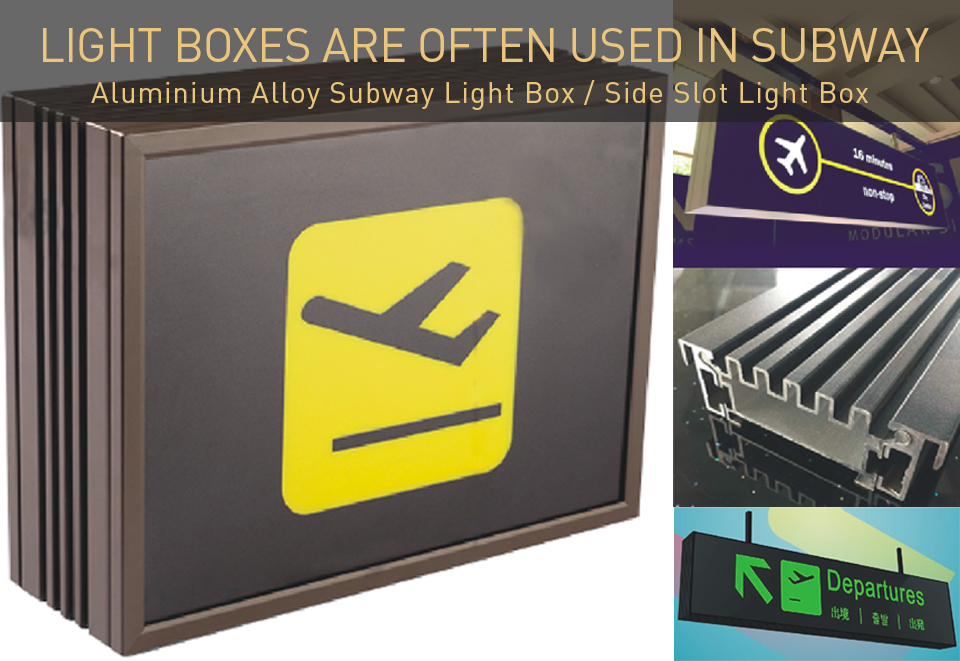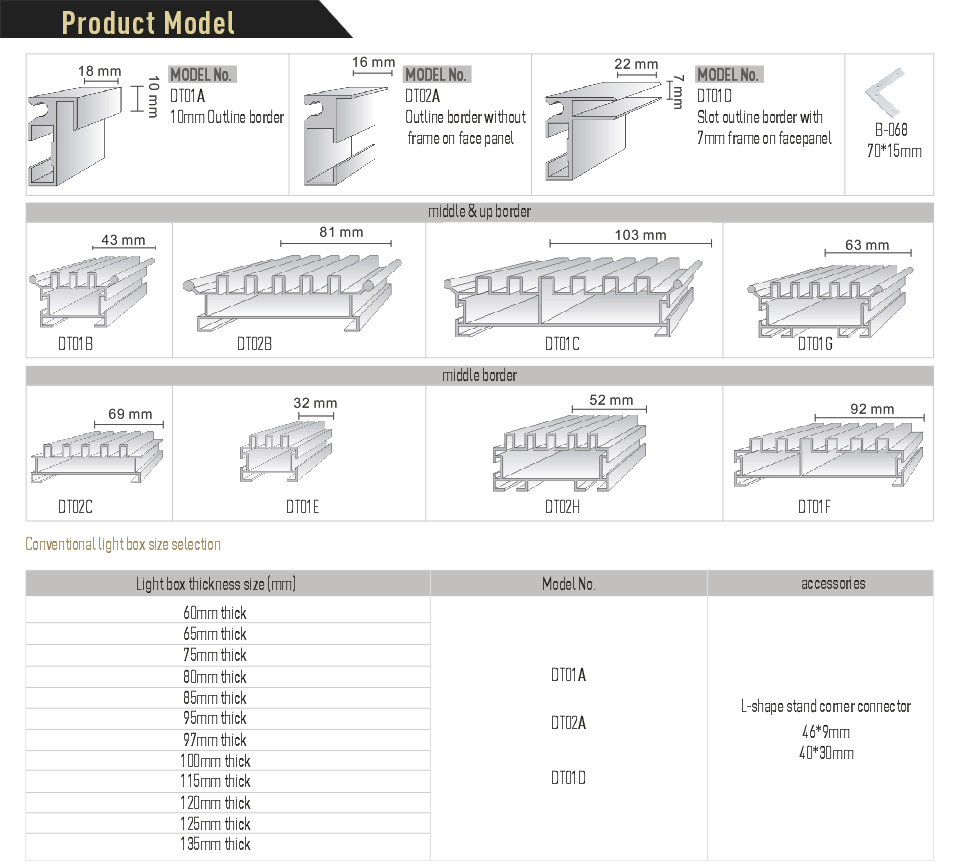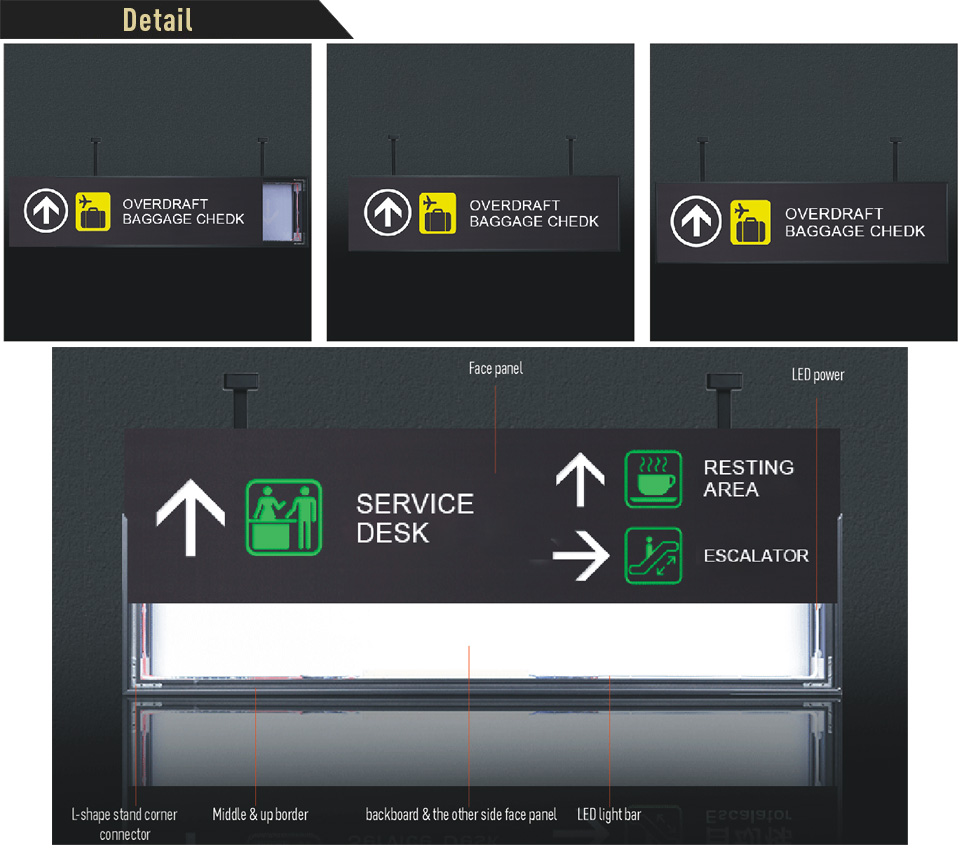First, green packaging is increasingly becoming a new non-tariff barrier - green barriers
Since the 1990s, important changes have taken place in trade barriers. For the purpose of protecting limited resources, the environment and human health, developed countries have formulated a series of new standards to limit the import of foreign products and services. The relevant agreement of wto stipulates that no country shall be prevented from taking the necessary measures to protect the life and health of humans and organisms and protect the environment. However, this has provided the basis for the developed countries to build green barriers. At present, there are mainly two types of “environmental trade barriers†and “health and quarantine barriersâ€. In 1998, the European Union unilaterally banned the entry of wooden crates and wooden pallets that had not been subject to sanitary quarantine in China. The economic and trade losses in this country alone amounted to several hundred billion yuan. Then it was announced in 2000 that wooden crates and wooden pallets imported from China, Canada, Southeast Asia, and the United States must be subjected to fumigation. The developed countries have set green packing standards too high and too strict to increase the threshold to prevent developing countries from entering the domestic market with high quality and low price products, in order to offset the advantages of developing countries and protect their economic interests.
In 2000, the EU took more actions in environmental trade barriers, requiring home appliances, electronic products, and telecommunications supplies to recover more than 60%. The recovery rate for individual products was as high as 75%, of which 85% of packaging products were recycled. This rule will be formally implemented in January 2006. Therefore, in recent years, there have been more and more trade frictions caused by packaging problems. For example, disposable cutlery in China has been banned from exporting to Europe and the United States due to the lack of “environmental signsâ€. Many goods exported to Europe and the United States also have to pay high packaging waste disposal fees, etc. . With China's accession to the WTO, the impact of foreign green barriers on China's export trade will become more severe. Therefore, domestic enterprises must raise awareness of environmental protection, step up research on the laws and regulations governing foreign green barriers, and formulate corresponding countermeasures in light of our actual conditions.
II. Environmental Marking System and International Environmental Management Standards - ISO14000
The environmental sign, also known as the green sign, means that the government department or public body issues a certificate to the enterprise according to certain environmental standards to prove that the production, use, and disposal of its products are in compliance with the environmental protection requirements, are harmless to the environment or have extremely low damage, and have Facilitate the recycling of resources. There are three types of environmental labels: Type I, Type II, and Type III. The environmental sign is an eco-friendly sign. According to the changes in the national conditions of each country, there are different standards for Type I signs. The type II logo is an information symbol of the nature of the "company statement." Enterprises and institutions formulate specific methods for environmental protection in accordance with their own characteristics, and open them to the society in the form of logos. The type III mark is a product quality mark and shows the environmental characteristics of the products of enterprises and institutions by means of specific data. Countries such as China and Japan use Type I signs, and the United States and the European Union and other countries use Type III signs. Since Germany first introduced this system in 1978, more than 40 countries (mostly developed countries) and regions have implemented this system. Since its implementation in 1994, China has issued several batches of products and companies that have received environmental labels.
If a product or a company has achieved environmental labeling, it is equivalent to obtaining a “pass†to enter the national market for implementing environmental labeling systems. Otherwise, the market competitiveness of the product will be severely reduced. Environmental labels are increasingly becoming the sign of enterprises to improve efficiency and establish an image. International Environmental Management Standards - ISO14000 is the standard set by the Technical Committee for Environmental Management of the National Standardization Group (ISO), and the ISO14000 series includes the ISO14000 Environmental Management System --- Guidelines and Use Specifications ISO14000 Environmental Management System --- Principles, System, and Use (Standard) and other 100 standards are divided into the following six sub-systems: Environmental Management System; Evaluation of the company's environmental behavior assessment and environmental audit and supervision; ISO14000 life cycle assessment; Evaluation of product environmental signs and product standards in the environmental guidelines.
The objectives of the international environmental management standard ISO14000 series are: to standardize the environmental protection behaviors of enterprises, institutions, and social organizations, to reduce the environmental damage caused by production activities, to maximize the conservation of resources, to improve the quality of the environment, to harmonize environmental protection with economic development, and to achieve Continuous development. The basic contents of the ISO14000 audit certification are: the establishment of an environmental management system; the company has a good environmental protection status and environmental performance; the company's production activities comply with environmental protection regulations; and the company has a complete environmental report. In addition to following the general principle of quality management system, the ISO14000 series pays more attention to the protection of environmental quality. For modern enterprises, only the emphasis on product quality and the establishment of an environmental management system can adapt to the rapid development of the market economy. Passing ISO14000 certification is also a sign of improving corporate image and market competitiveness.
In short, the environmental labeling system and the international environmental management standard, the ISO14000 series, are the same as the international quality management standard ISO14000 series, and it is a mandatory international standard. It will play an increasingly important role in the future of international trade and promote it effectively. Humanity realizes the purpose of protecting Earth's resources and human settlements. At the same time, it will also avoid the occurrence of repeated economic disputes in countries that have undergone repetitive examinations and registrations, thereby eliminating international trade barriers to some extent. Therefore, at the time of China's accession to the WTO, it is necessary to strengthen the propaganda and training of knowledge in this area. The application and certification of environmental management and environmental protection signs for domestic enterprises must strive for breakthroughs in a short period of time.
Suspending Direction Light Box
Suspending Direction Light Box
1

2

3

FAQ
Q: Are you a trading company or factory?A: We are factory.
Q: What is the MOQ?
A: No MOQ required normally, that means you can always ask for a sample first. But remember the sample freight is at your own cost.
Q: Do I have to have a design to inquire?
A: Yes! A well made design/artwork is the most helpful thing to get an exact quote. However, if you really do not have a design...just let us know your idea, we'll cover it.
Aluminium Signages,Airport Signs,Airport Led Signs,Suspending Direction Light Box
Chengdu GodShape Sign Co., Ltd , https://www.signsgs.com